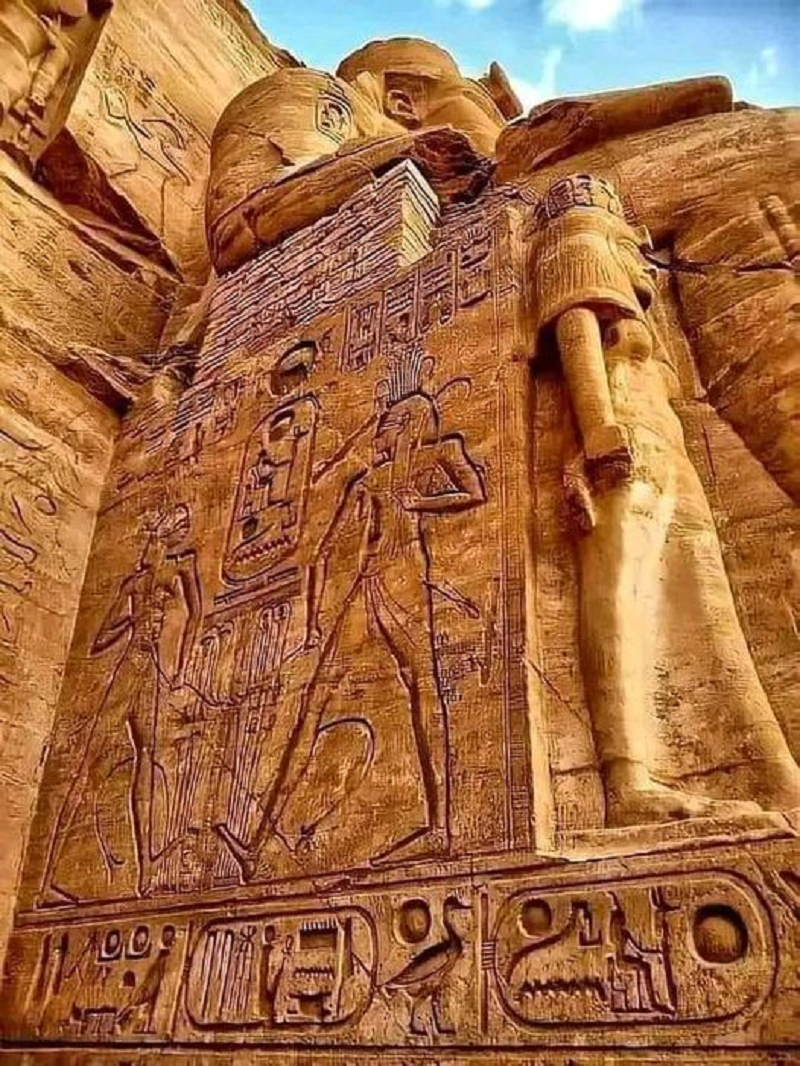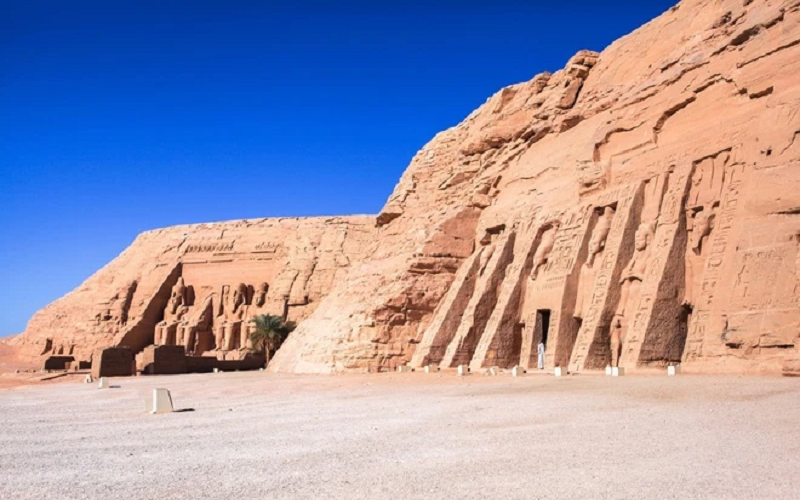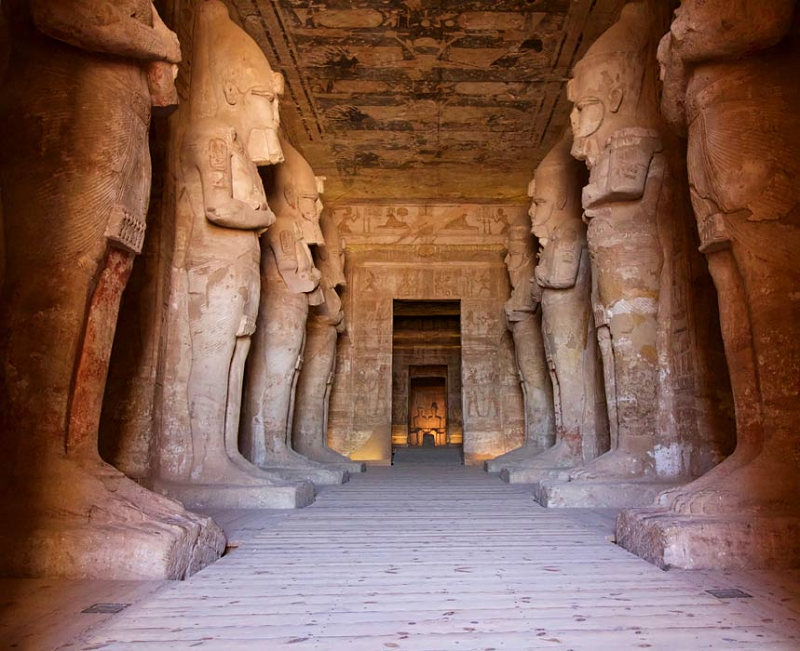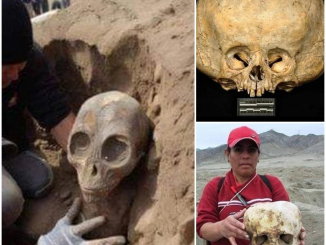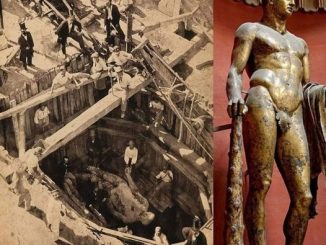In the heart of the Egyptian desert, amidst the shimmering sands and timeless monuments, lies a testament to ancient grandeur – Abu Simbel. Carved into the cliffs by the skilled hands of ancient craftsmen, Abu Simbel stands as a timeless tribute to the might and glory of one of Egypt’s most illustrious pharaohs – Ramses II. Join me on a journey through the annals of history as we delve into the archaeological wonders of Ramses II Abu Simbel.
Ramses II, also known as Ramses the Great, ruled Egypt for an astonishing 66 years during the 13th century BCE, making him one of the most prominent and enduring pharaohs of ancient Egypt. Throughout his reign, he undertook numerous monumental building projects, leaving a lasting legacy that continues to awe and inspire to this day. One of his most magnificent creations is the temple complex at Abu Simbel, nestled on the banks of the Nile River.
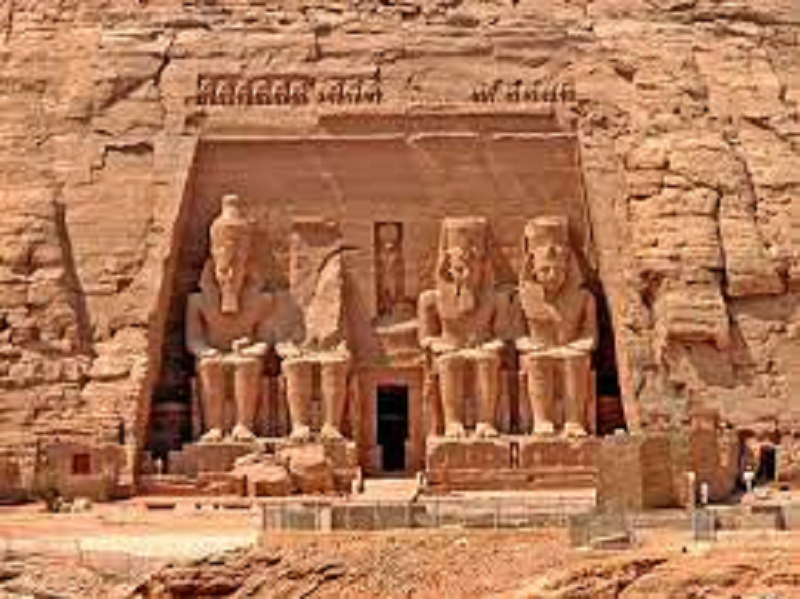
The Abu Simbel temples, dedicated to the gods Ra-Horakhty, Ptah, and Amun, are a marvel of ancient engineering and artistry. Carved directly into the rock face, these temples were constructed to commemorate Ramses II’s victory at the Battle of Kadesh and to showcase his divine right to rule. The Great Temple, dedicated to Ra-Horakhty, is adorned with colossal statues of Ramses II himself, seated majestically on his throne, flanked by smaller figures of his family members and conquered enemies. The intricacy of the carvings and the sheer scale of the statues are a testament to the skill and craftsmanship of the ancient Egyptian artisans.

But it is not just the exterior of the temples that captivates visitors; the interiors are equally breathtaking. The halls and chambers are adorned with vibrant murals depicting scenes from Ramses II’s military campaigns, religious rituals, and divine interactions. Every inch of the temple walls tells a story, offering a glimpse into the beliefs, customs, and daily life of ancient Egypt.
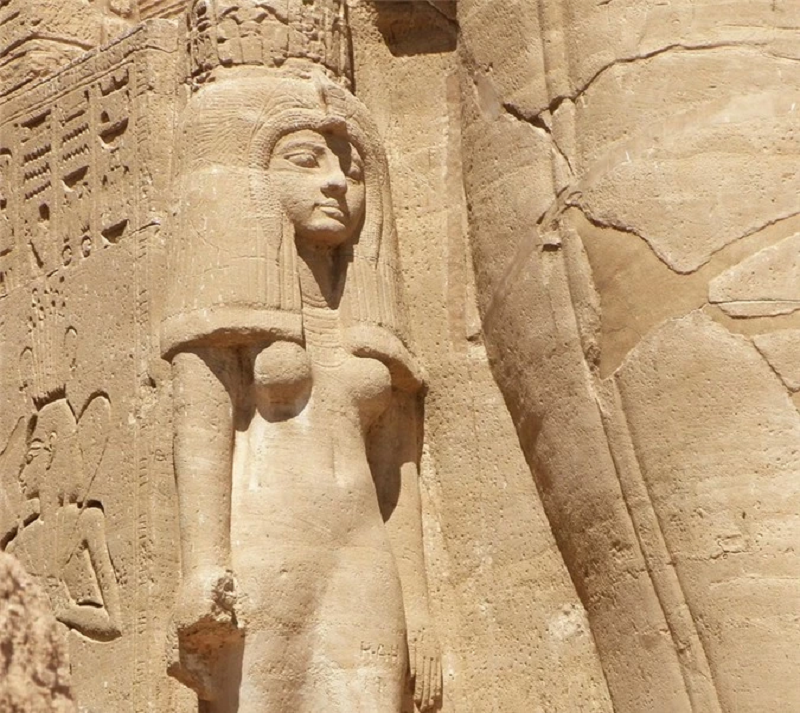
The smaller temple at Abu Simbel is no less impressive, dedicated to Ramses II’s beloved wife, Queen Nefertari, and the goddess Hathor. Though smaller in scale, it is no less intricate in design, with statues and reliefs honoring the queen and the goddess Hathor, symbolizing love, beauty, and fertility.
The archaeological significance of Abu Simbel extends beyond its stunning architecture and artwork. Excavations and research conducted at the site have provided invaluable insights into ancient Egyptian religion, society, and politics. Through the study of inscriptions, artifacts, and architectural features, archaeologists have pieced together the history of Ramses II’s reign and the cultural milieu in which he lived.
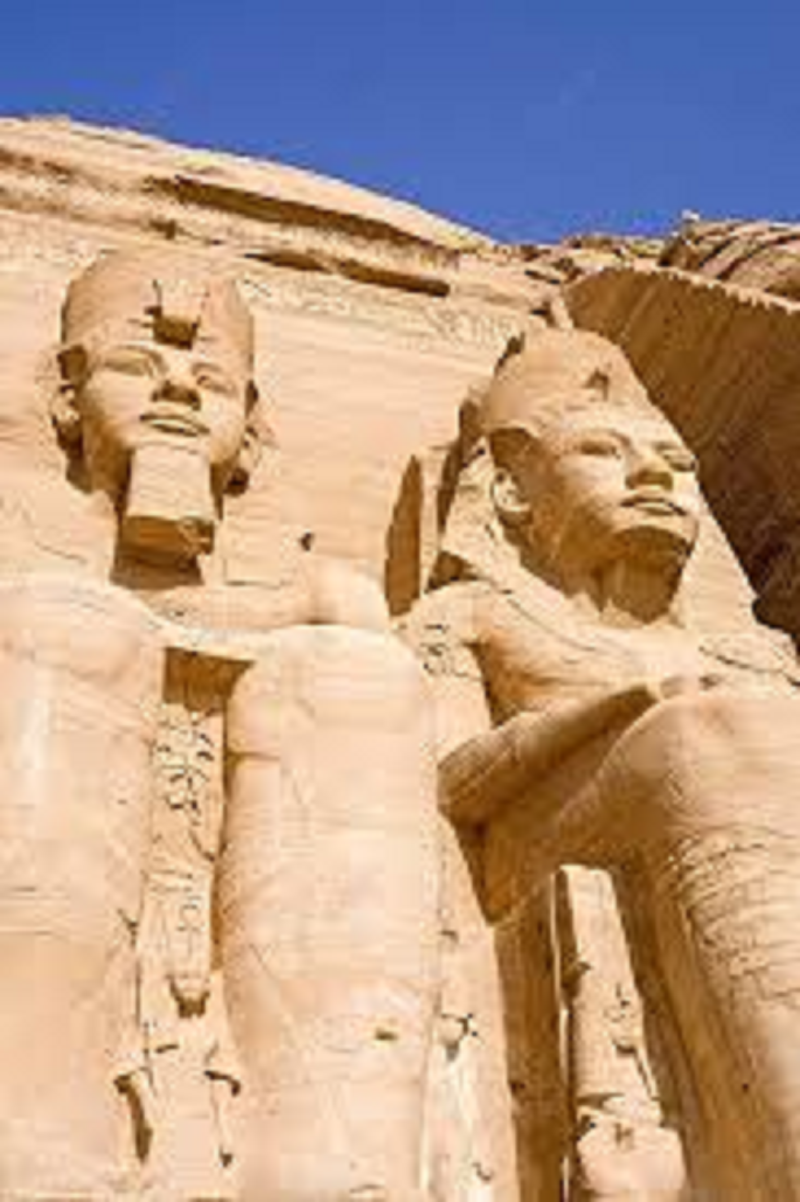
One of the most fascinating aspects of Abu Simbel is its relocation in the 1960s to save it from the rising waters of the Nile due to the construction of the Aswan High Dam. In a remarkable feat of engineering, the entire temple complex was dismantled and reassembled on higher ground, preserving it for future generations to admire and study.
As we conclude our journey through the archaeological wonders of Ramses II Abu Simbel, we are reminded of the enduring legacy of ancient Egypt and the remarkable achievements of its people. The temples of Abu Simbel stand as a testament to the power, creativity, and ingenuity of the ancient Egyptians, and their preservation is a testament to the importance of safeguarding our shared cultural heritage. As visitors from around the world continue to marvel at the splendor of Abu Simbel, we are reminded of the timeless allure of ancient civilizations and the endless mysteries waiting to be uncovered beneath the sands of time.
